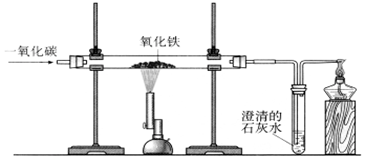ActiveX is the name (66) has given to a set of object-oriented concepts, technologies, and tools. It is important to notice that ActiveX is not a (67) technology, but a brand name, what it’s applied to can vary over time. However, the main technology is COM. Used in a network with a (68) and additional support, COM becomes the DCOM. The main object that is created when writing a program to run in the ActiveX environment is a (69) , a self-sufficient program that can be run anywher6 in the ActiveX network. This component is known as an "ActiveX control". An ActiveX control is roughly equivalent to a applet. One important difference is that an ActiveX control must be (70) for a specific platform, while an applet is platform-independent.
A.directory
B.homogeneity
C.integrity
D.software
参考答案:A

